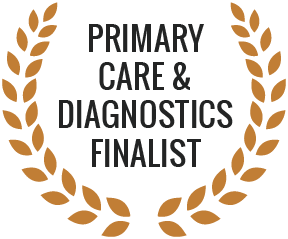Acne can have a number of different causes, so it is a good idea to see a doctor & find out the best possible options available.
Definition
Acne is a common skin condition affecting the face, back & chest, involving spots, pimples, oily skin, nodules, & cysts. It can be mild or severe, is especially common in women, & often triggered by hormonal changes.
Symptoms
The symptoms of acne involve different types of spots appearing on the skin, mainly on the face, chest, upper back, & shoulders. These spots are caused by the sebaceous glands & hair follicles getting plugged up with dead skin cells & oils. It is a particularly common condition amongst teenagers & younger adults, but it can affect people of all ages.
The main symptoms of acne are:
- Redness (erythema)
- Oily skin
- Painful skin (hot, red, sore painful to touch)
- Emotional & psychological distress
- Scarring
- Blackheads – dark blemishes, the colour of which is caused by melanin from sebum getting trapped in a sebaceous gl& & oxidising
- Whiteheads – sebum blocks a sebaceous gl& & mixes with dead skin cells & bacteria
- Papules – small, tender red bumps
- Pustules or pimples – a blocked sebaceous gl& becomes infected & develops pus, causing the skin to redden & bulge; these can be painful, grow large & turn into cysts
- Cysts or cystic lesions – cysts are a symptom of severe acne, they occur when a pocket of tissue fills with pus & other fluids, & can be inflamed and/or painful, & carry the greatest risks of scarring
- Nodules – nodules are large, hard lumps that develop beneath the skin, which can be very painful
Acne is evaluated by its severity, from 1 to 4.
- In mild acne, the skin mostly shows whiteheads & blackheads, as well as some papules & pustules
- In moderate acne, the whiteheads & blackheads are more extensive, with more papules & pustules
- In severe cases, the papules & pustules are large & painful & accompanied by nodules or cysts. This kind of acne can cause scarring. Emotional & psychological distress can be a secondary symptom of acne due to the condition often severely affecting the patient’s appearance, sometimes causing deep scarring, & being painful & uncomfortable.






















